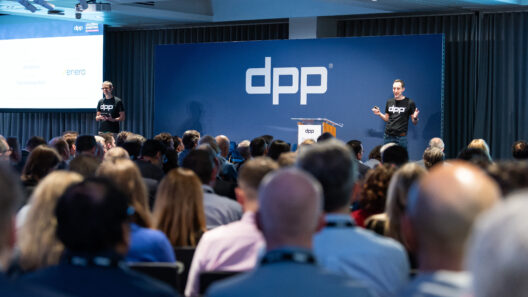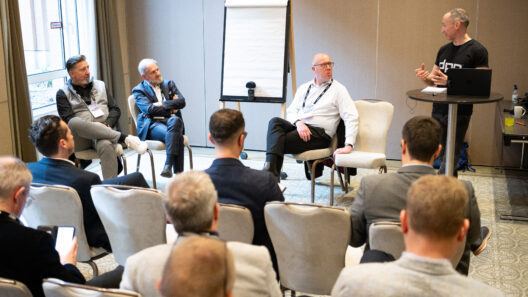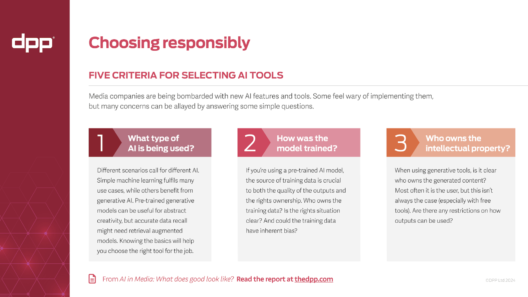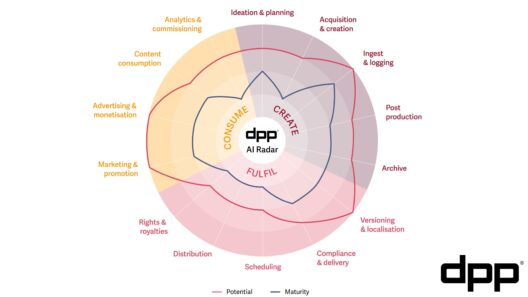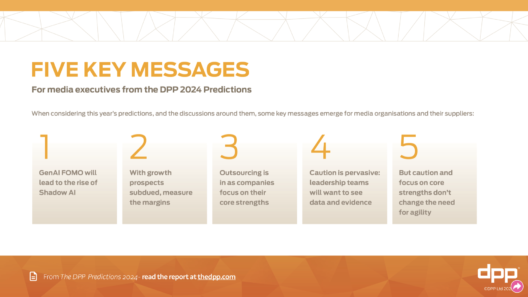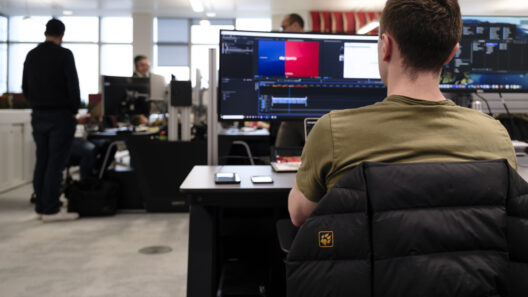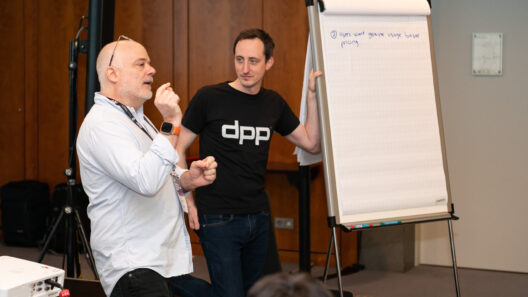Hybrid Working in the Media Industry, a report published by the DPP in October 2023, explores how well equipped media organisations are set up for hybrid working – for content production, and in their ongoing business operations.
It is an in-depth project which comprised an industry survey and lively workshops with technology and production practitioners. Hybrid Working revealed the trends in remote and hybrid production for live and recorded video, as well as how organisations are setting policies and investing in technology suites to support a distributed workforce.
Here are five key takeaways that managers, leaders and industry professionals need to know about Hybrid Working in the Media Industry.
1. Management and workforce tension
Management wants to see its workforce much more than employees want to actually be in the company workplace. Many companies are mandating a return to the office, but those that have succeeded in getting staff to voluntarily return have created a workplace environment which is welcoming, while providing meaningful work which is engaging.
And there are concerns a two-tier or 'Bimodal' workforce is developing in the media industry: more senior staff and production creatives who prefer to be at a specific workplace and spend time with colleagues, and those in other functions like marketing, HR and finance who would much rather work remotely.
2. Knowledge transfer is getting blocked
Hybrid working has widened the talent pool organisations can recruit from, but skills shortages have shifted the power balance from the company to the individual.
Meanwhile mid-career workers have been the most reluctant to return to the office; they have hoarded their professional expertise and are not passing on their skills effectively to the next generation.
3. Technology, operations and HR must align
Hybrid working needs technology, operations and HR alignment to succeed. While these functions might be working in unison at C-suite level, alignment dissipates as you move down through an organisation. Media industry organisations that bring together policy, tech, tooling and workspace will thrive in hybrid working environments, and be better prepared for the future of work.
4. More complex, expensive IT
The media industry is well equipped to support hybrid working from a technology standpoint, and mostly has the tools and infrastructure in place. But hybrid working has added significant cost and complexity to IT estates. When technology teams need to be in the workplace to support hybrid and remote workers, this can further fuel tensions between those staff who have to be at a specific site or office, and those who can seemingly come and go as they please.
5. Complex working needs easy tools
Ease of integration, cost, security, and intuitive design are the main considerations when sourcing products to support hybrid working. Your workforce needs to be able to move seamlessly between tools and locations, while technologists need to be able to implement — and support — the tools easily for organisations to get the most from hybrid working.
Hybrid Working in the Media Industry is enabled by Lead Sponsor Signiant and Expert Sponsor Wasabi. To learn more about the project, contact Edward.
